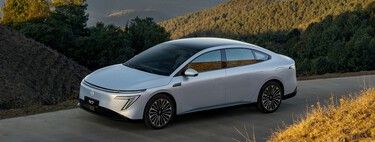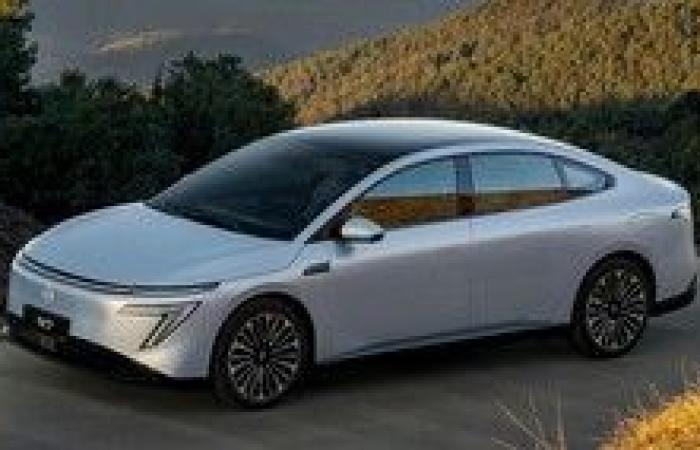While so far from 2025 China has wrapped in a tariff war with the United States, 2024 was a great year for the Asian giant, at least in regard to electric cars. Not only did he beat Japan as an exporter, but also positioned himself as a world leader in sales of these vehicles.
But that is not all, since during the past year much of its citizens adopted this mobility system. This was possible because the Chinese government granted subsidies of approximately $ 1,400 (23,773 pesos at that time) to encourage the change of old cars to totally new electric vehicles.
Chinese subsidies to buy a car
The program was really successful, so much that the Government decided to extend it until 2025. According to Hybrids and electric, In 2024 sales of electric vehicles in China grew 20%and reached 6.7 million units. This means that the country represented 65% of global sales of electric cars.
However, this may be “Gold fever“Among consumers seeking to take advantage of incentives, it will be hindered due to the current situation. 25% tariff They could stop the development of the industry in the Asian giant.
Another country that for 2024 saw the number of electric cars were growing was Norway, where 9 out of 10 cars sold were of this type. The strategy to achieve this was similar to that of the Chinese government: direct aid to purchase, tax exemptions and other advantages. However, these incentives left a hole in the resources of the states of 1,800 million euros.

This was 2024 for China
Recall how he painted 2024 for China: In April it suffered a year -year -old 15% fall in sales of the branch. That same year, the country filed a complaint with the World Trade Organization due to the United States subsidies to electric vehicles and the increase in tariffs imposed by Joe Biden’s government to the importation of Chinese models.
China also had friction with the European Union, which sought to impose new rates on its electric cars. However, the interest in the domestic market dates from between 2009 and 2010. At that time the Government implemented a car exchange program to stimulate internal consumption and support the industry during the financial crisis that the world lived in those years.

Although the 2024 subsidies program was a success, not everyone was very excited about it. In an interview for The Wall Street JournalTommy Xie, OCBC Greater China economist, said “The equipment update and the exchange of consumer goods are not a panacea to solve the structural problems of China“.
This measure, of course, was not a total solution to alleviate the decrease in internal sales of electric vehicles. However it helped the country to pass an important economic bump. China does not give its arm to twist in the electric mobility race and leads sales of hybrid and plug -in hybrid vehicles.








